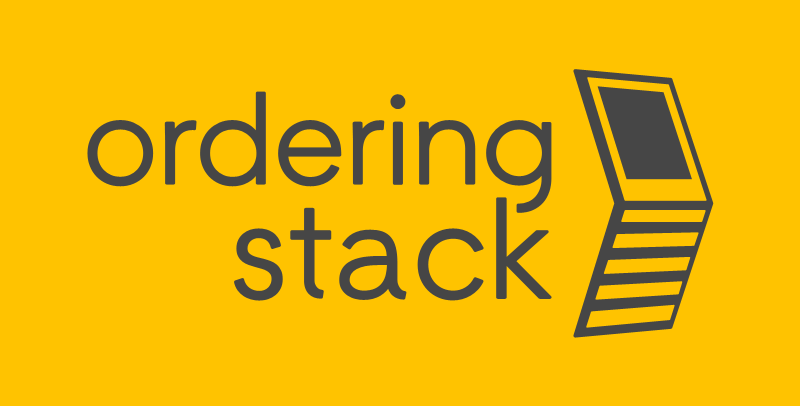Integration of POS and KDS Systems with Self-Service Kiosks
Self-service in restaurants is more than just a touchscreen and digital menu – it requires seamless integration with the entire restaurant infrastructure. Learn how Ordering Stack software connects self-service devices with POS systems, kitchen operations, and digital sales channels.

Ordering Stack – A New Standard of Integration
Unlike basic, standalone terminals, Ordering Stack offers a comprehensive kiosk software solution that becomes an integral part of the restaurant’s IT ecosystem. The system is designed to integrate self-service kiosks with virtually any POS solution used by the restaurant chain – from cutting-edge systems to legacy POS/EPOS platforms. The only requirement is the POS provider’s openness to integration and willingness to share API documentation.
This integration allows kiosks to function as an extension of the existing POS system, ensuring that all orders placed via the kiosk are automatically routed to the kitchen and restaurant back office. The entire process – from ordering to preparation to delivery – is executed smoothly and entirely digitally. The POS system retains its core functions, serving as the operational backbone of the business, while the Ordering Stack layer enhances agility in rapidly evolving areas such as loyalty programs or third-party delivery platforms like Uber Eats and Pyszne.pl.
Ordering Stack features a dedicated POS integration module, enabling two-way data exchange: from importing product definitions and menus from the POS to transmitting new orders and synchronizing their statuses. This module is customized for each POS system and serves as the primary source of menu and product data. Integration with Ordering Stack’s cloud platform further expands the capabilities for digital self-service and process automation.
Integration with POS and KDS Systems
With dedicated POS integration modules, two-way data synchronization is ensured. Menus are imported from the POS system into the Ordering Stack database. Enhancements such as marketing content, food images, or allergen information can be added without risk of data being overwritten.
Once an order is placed via the kiosk, it is transmitted to Ordering Stack and subsequently to the POS system, where the order status is updated (within the POS's KDS – Kitchen Display System). Ordering Stack supports both the KDS provided by the POS vendor and its own proprietary module. The full order lifecycle – from placement to preparation to delivery – is executed in real time and without disruption.
Omnichannel Ordering – One Platform, Multiple Channels
Ordering Stack is built on an omnichannel philosophy – supporting kiosks, mobile apps, websites, and third-party delivery aggregators through a single platform and a unified POS integration. This eliminates technological silos and allows for centralized management. Updates to menus, promotions, or pricing can be made in one place and reflected instantly across all customer touchpoints.
This model enables restaurants to respond faster to market changes, optimize operational workflows, and reduce IT maintenance costs associated with managing separate systems. Centralized data also enhances consumer behavior analysis and informed decision-making.
As a result, Ordering Stack becomes the “operational brain” of the entire restaurant, seamlessly linking front-end customer interfaces with back-end systems and kitchen workflows. It’s an ideal solution for multi-location restaurant chains seeking to scale without increasing technological complexity.



_v02.png?width=352&name=cz%202%20(0-00-11-00)_v02.png)

